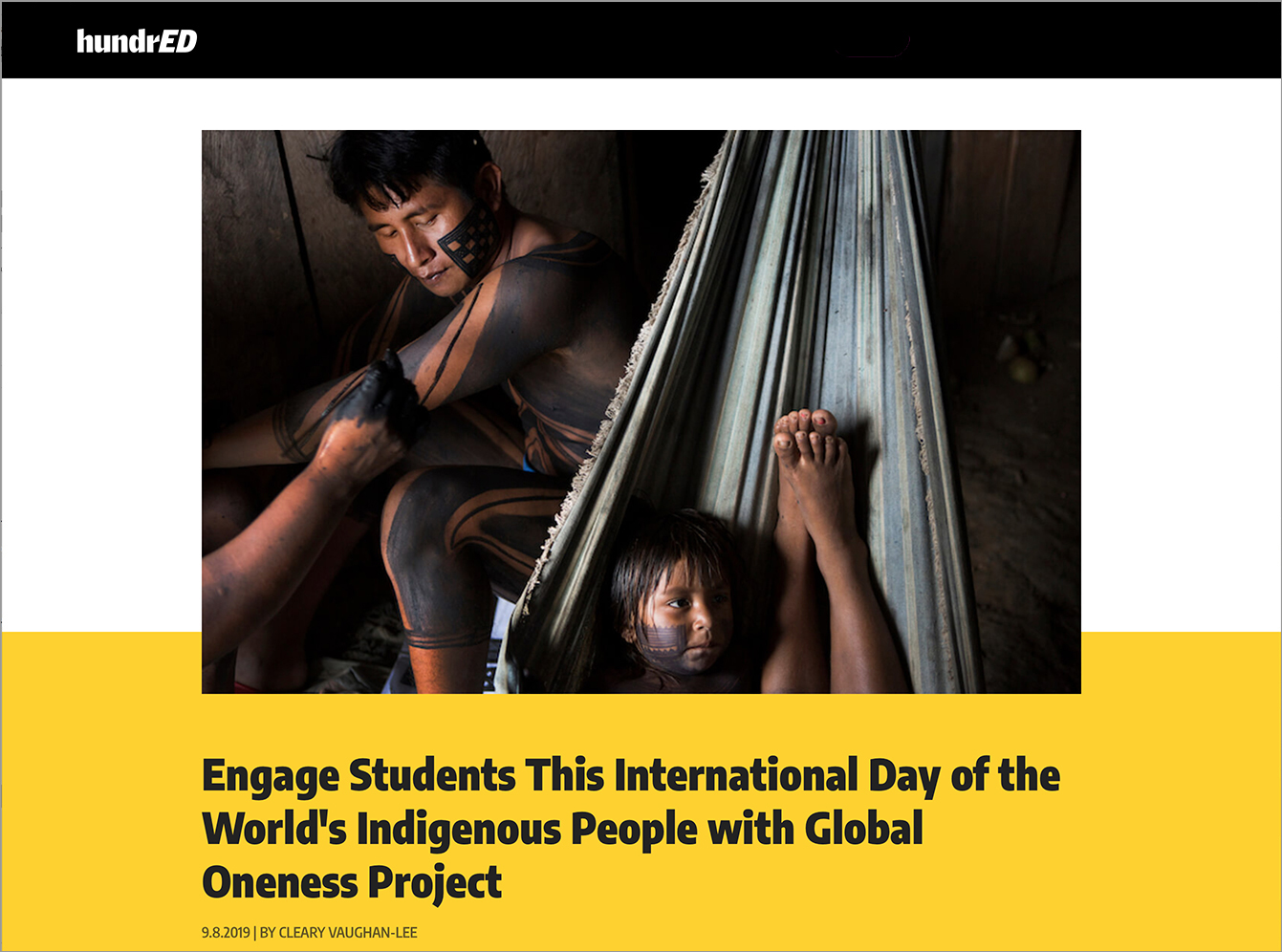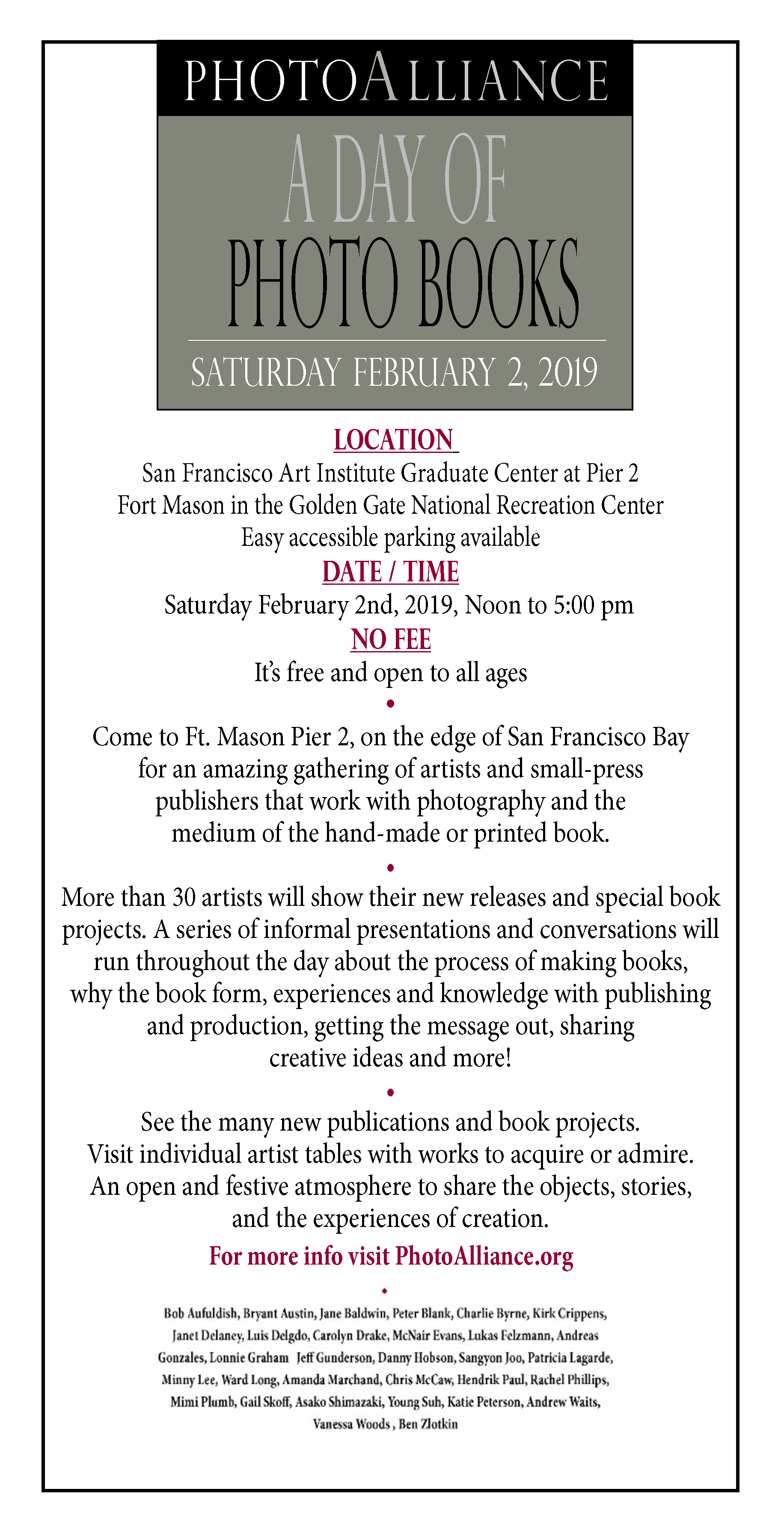Cultures around the world are vanishing at a rapid rate. Unique forms of cultural knowledge—language, myths and stories, rituals, music, artifacts, traditional dress, and unique agricultural methods—are at risk. According to UNESCO, half of the languages spoken today will disappear if nothing is done to preserve them.
Why does this matter? Anthropologist Wade Davis, in an interview with National Geographic explains, "As cultures disappear and life becomes more uniform, we as a people and a species, and Earth itself, will be deeply impoverished." Learning what is at risk is essential.
A deeper look at indigenous cultures provides students with an ever-widening window of inquiry. Students discover remote geographical places and cultural artifacts local to various regions, learn about the wisdom and ways of life of indigenous people, and examine the global issues threatening these people and places. Students find themselves in an expanding world where they are witnessing history and can become inspired to examine their own cultural values and heritage.
Asia Society recognizes the following outcomes—investigating the world, recognizing perspectives, and taking action—as indicators of global competence. These strategies, along with resources, offer ways to integrate the study of indigenous cultures into the global learning classroom.
Investigating the World
Cultural museum exhibitions, either in-person or online, provide important opportunities for students to investigate the world. Exhibitions today bridge media with traditional art forms, such as painting and photography, and offer inquiry-based tours for schools and classrooms.
Jane Baldwin, photographer of Kara Women Speak, recently said to me, "As a photographer, I believe art can inform and focus our attention in powerful and insightful ways. Through engagement and conversation, art can inspire empathy and evoke our humanity by raising awareness of political issues and be a catalyst for change."
Kara Women Speak explores the indigenous women and culture of the Omo River Valley and Lake Turkana watershed in Southwestern Ethiopia. The indigenous communities of the region are threatened by upriver hydroelectric power projects and international land grabs. For an interactive exhibit at the Sonoma Valley Art Museum in Northern California, Baldwin produced life-sized portraits, audio recordings of the Kara women, and ambient sounds from the Omo River to provide visitors with a visceral experience.
Image by Jane Baldwin for Global Oneness Project
Brandon Spars, humanities teacher from Sonoma Academy High School, took his freshmen students to the exhibit to gain an understanding of complex projects that have damaging impacts. This fits with the freshmen curriculum, which explores the question, "How does geography shape culture?" The exhibit, Spars explained, was a valuable experience. His students were able to witness an important story, meet the artist, and ask questions.
Can't take a field trip to a museum with your students? Consider visiting online museums, such as the Smithsonian's Center for Folklife and Cultural Heritage, which is dedicated to the exploration and documentation of traditional knowledge with cultural communities around the world.
Recognizing Perspectives
A globally competent student needs to be provided with critical questions—ways to research and uncover how an issue in one part of the world affects the rest of the world.
For example, students can be exposed to specific challenges facing an endangered culture that is under threat due to modernization, globalization, climate change, or regional and national development. By asking humanistic questions students can reflect on their own lives and culture, empathize with others, and recognize the interconnectivity of the global community.
I've had great conversations over the years with teachers, technology specialists, and administrators at the International Society for Technology in Education conference (ISTE) about the importance of global education. I spoke with Holly Jobe, former board president of ISTE, who described some of the international places she has lived and worked throughout her life. "Learning about endangered cultures can help us understand diversity, our own culture, and our own humanness," Jobe said.
As the executive director for the Global Oneness Project (GOP), I've witnessed how cultural stories affect students' perspectives. Students and teachers can explore these multimedia stories on the GOP website: a photo essay documenting Mongolian nomads, a film about the Gamo people of the Ethiopian Rift Valley, and a film about the last speaker of the Native American language Wukchumni and the dictionary she created to keep the language alive. The accompanying lessons to these stories challenge students to consider their own perspectives in the context of the story's wider implications, such as the underlying notions of progress and the impact on specific cultures.
Taking Action
Student-driven projects provide opportunities for research and collaboration that can draw students into real-world issues related to cultural preservation.
Native high school students in rural Idaho, Utah, and Nevada are working to revive Shoshone, an endangered Native American language. The teens, documented in an NPR story, are creating word lists with elders in order to produce a dictionary. They are also creating children's storybooks derived from oral stories from the 1960s and '70s for the schools on the reservation. Lyle Campbell, Director of the Center of American Indian Languages, explains that "most of the wisdom of the world is encoded in languages, and when we lose a language with no documentation, all of that knowledge and wisdom is simply gone."
Additional resources that document endangered languages throughout the world include National Geographic's Enduring Voices project and UNESCO's Atlas of the World's Languages in Danger. Take a look at the Enduring Voices interactive global map. They document language hotspots by color-coding the countries where languages are near extinction. Students can also explore the project's Talking Dictionaries, a resource with audio files that capture endangered languages, including Tuva, a Turkish language spoken in south-central Siberia, and Siletz Dee-Ni, an Oregon Athabaskan language spoken by Siletz tribes once local to northern California.
VIF International Education partners with districts and schools to build global education programs for students and teachers. Fabiana Casella, a former international and cultural exchange teacher with VIF, teaches high school in Buenos Aries.
Image by Taylor Weidman for Global Oneness Project
Casella's students conduct research about the associations that defend and protect the indigenous groups in the provinces in Argentina. Students also read novels and legends that include indigenous vocabulary from the region. Casella describes that the intention with these projects is to "narrow the cultural gap among teenagers living in the same country." She says that her school "tries to promote a feeling of compassion, understanding, and appreciation of those cultures that have inhabited our lands for centuries and nowadays are represented by their heirs, who somehow carry in their DNA part of the customs and traditions of their ancestors."
Exposure to indigenous cultures, combined with unique learning opportunities, enhance students' perceptions of themselves and the world, making them stronger global citizens.
This article was originally published in Education Week and has been reposted on HundrED with the author's permission.
Cover image by Taylor Weidman for Global Oneness Project.
If you're interested in exploring the theme of indigenous perspectives in the classroom further, visit this recorded and free webinar, Developing Empathy Through Indigenous Cultures and Stories offered by Global Oneness Project in March 2019 with partners at Share My Lesson for their annual online Virtual Conference.
Cleary Vaughan-Lee
I'm the Executive Director of the Global Oneness Project, a free multimedia education platform which hosts documentary films and photography on social, cultural, and environmental issues.








